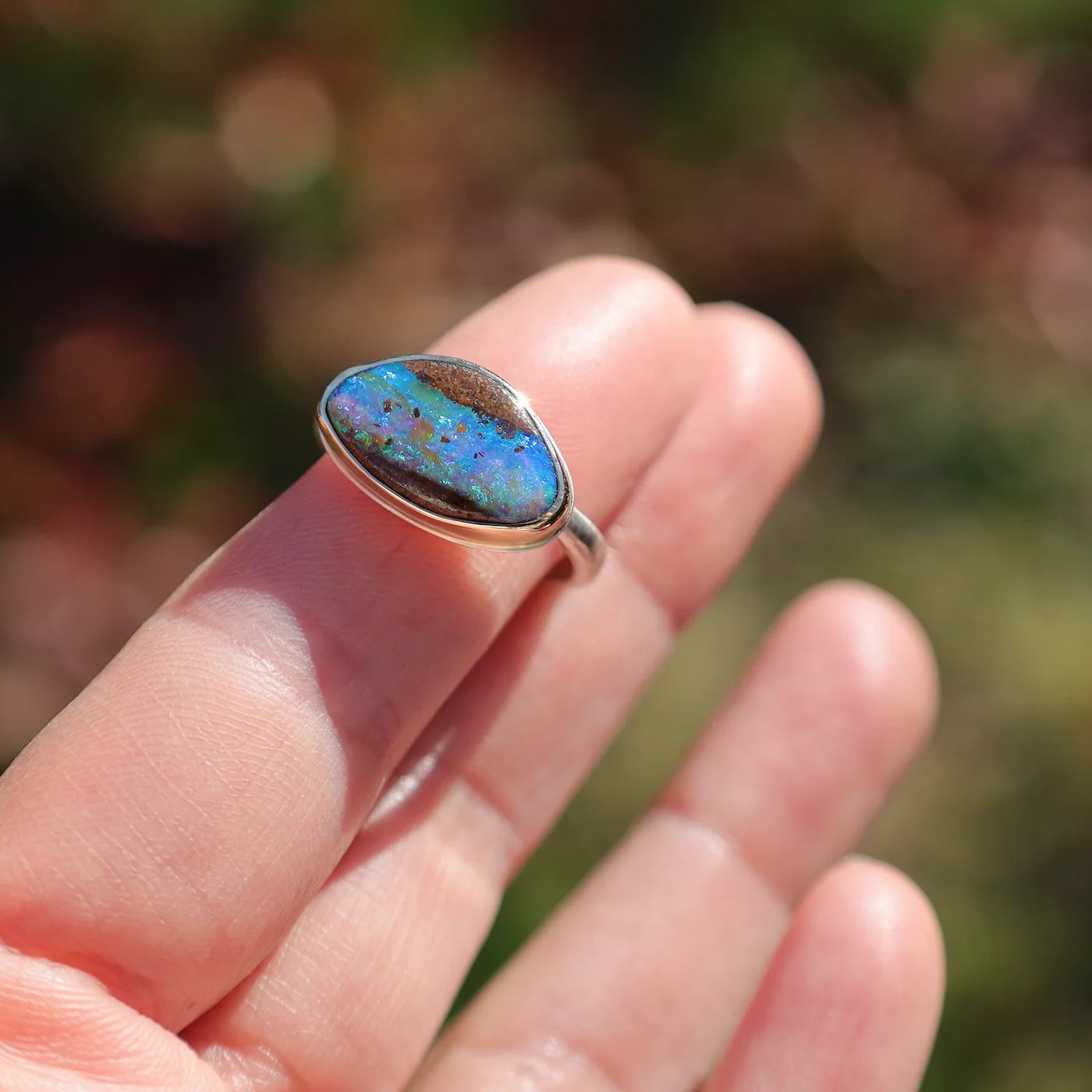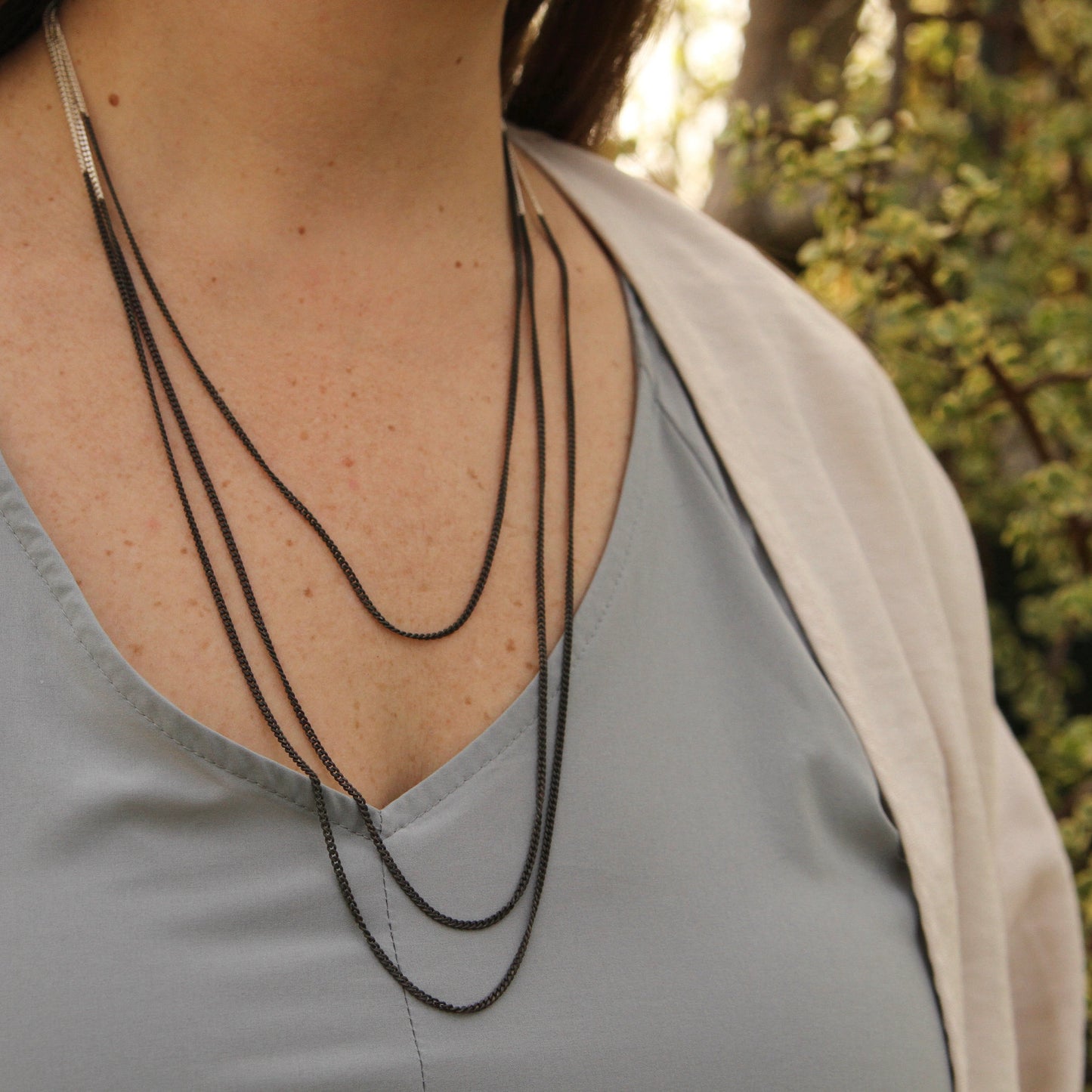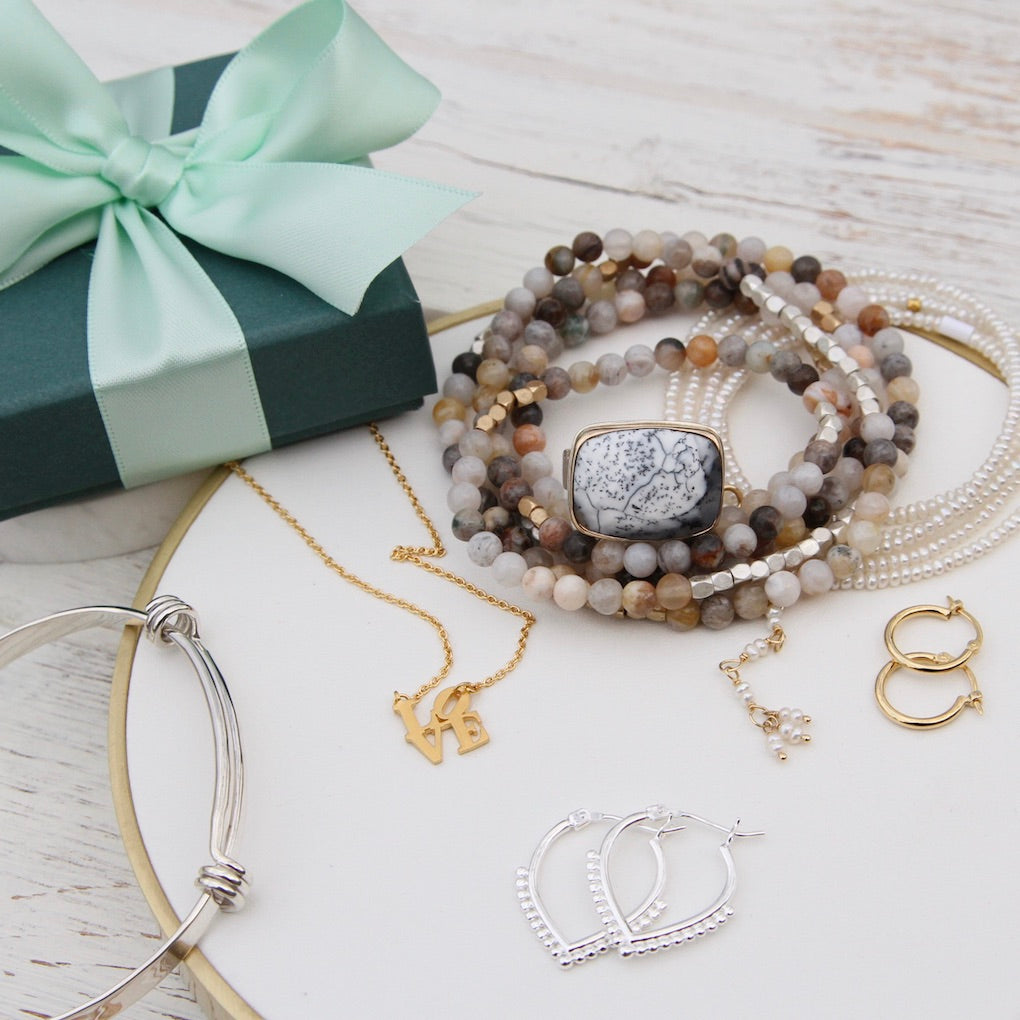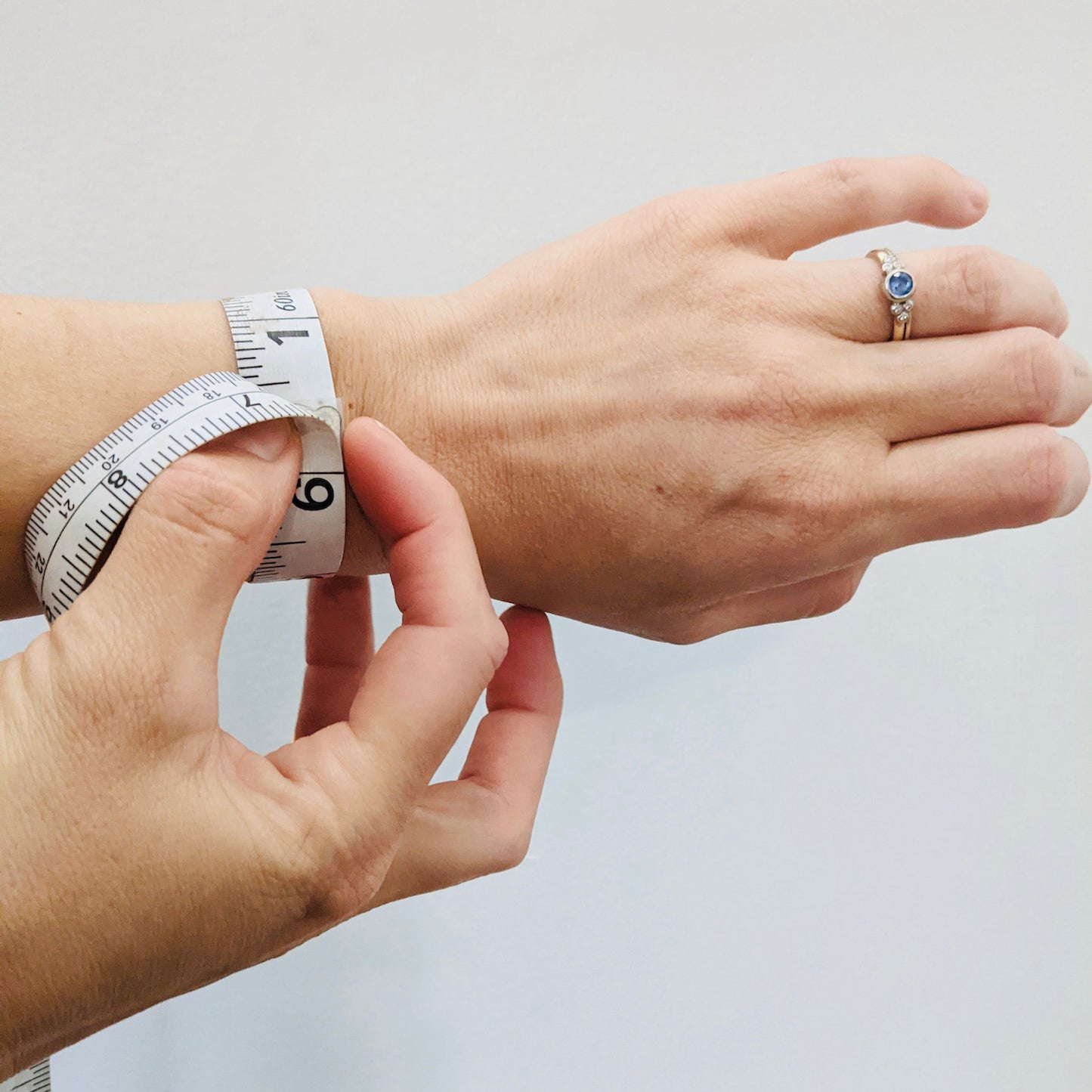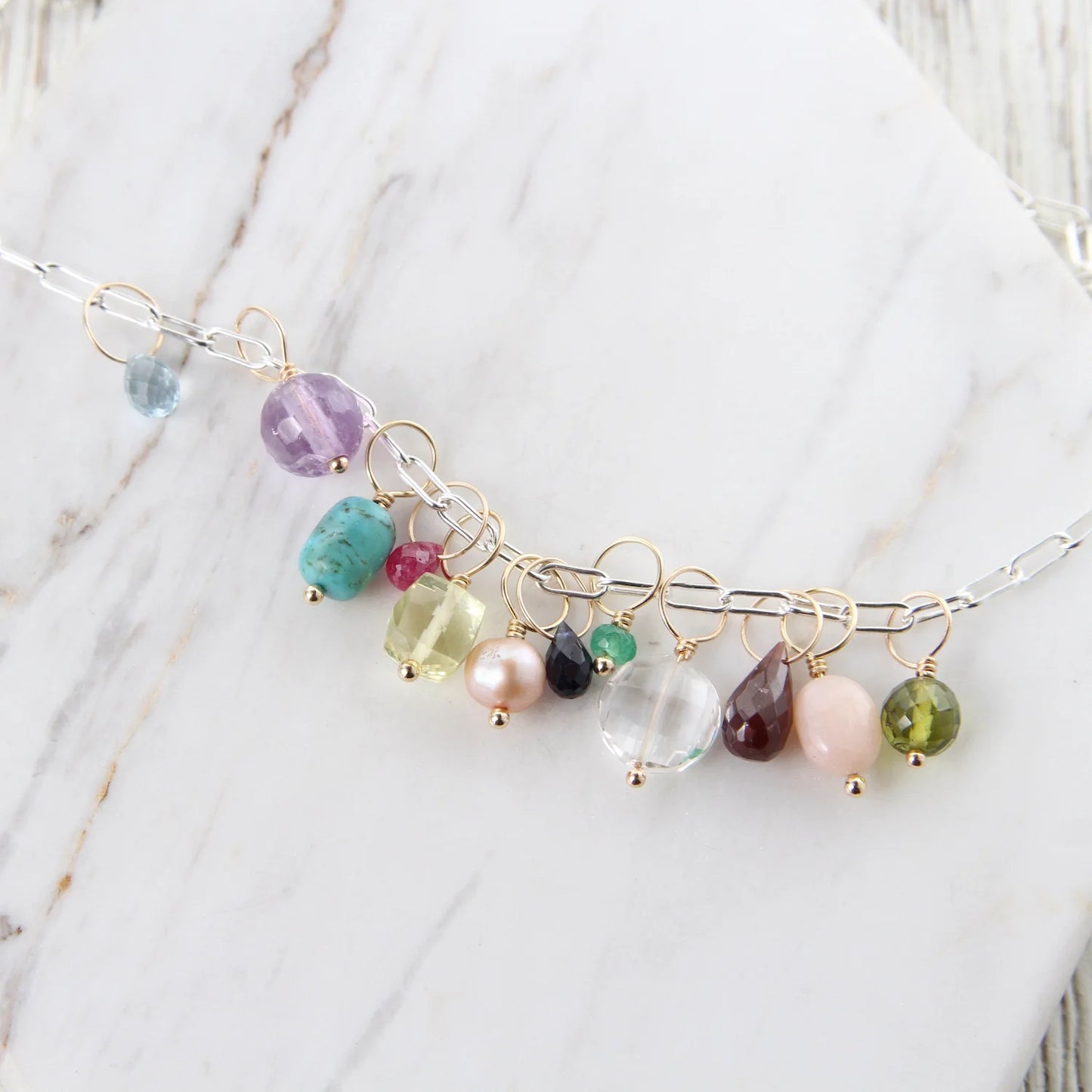
HISTORY
The history of birthstones goes back thousands of years, having originated in Biblical times, as is told in the Book of Exodus, with the description of the twelve jewels on the breastplate of Aaron. For each month there is a primary gemstone, and frequently an alternate gemstone that serves as each month’s birthstones. The alternate stone is typically less expensive but similar in color to the primary.
NOT SURE WHICH GEMSTONE IS YOUR BIRTHSTONE? CHECK OUT OUR LIST
|
BIRTHDAY MONTH |
PRIMARY BIRTHSTONE |
ALTERNATE BIRTHSTONE |
|
Garnet |
Pink Quartz |
|
|
Amethyst |
No Alternate |
|
|
Aquamarine |
Bloodstone |
|
|
Diamond |
White Topaz |
|
|
Emerald |
Chrysoprase |
|
|
Pearl |
Moonstone |
|
|
Ruby |
Carnelian |
|
|
Peridot |
No Alternate |
|
|
Sapphire |
Lapis |
|
|
Opal |
Tourmaline |
|
|
Topaz |
Citrine |
|
|
Turquoise |
Blue Topaz |
VARIANCE
There is a degree of variance among lists of birthstones. For example, some lists include alexandrite as the birthstone for June and blue zircon for December. We've left these gemstones out of our birthstone section as our jewelry designers don’t traditionally use them in their handcrafted jewelry creations.
THREE BASIC CATEGORIES
Birthstones are often divided into three basic categories. Ornamental stones are colorful or attractive stones that are not really considered “gemstones,” including malachite or hematite. Semi-precious gemstones are stones of moderate value like amethyst and turquoise. Lastly, precious gemstones are the most valuable of all stones such as a ruby and an emerald.
DURABILITY
Birthstones are measured by Moh's scale of hardness. "Hardness" refers to whether you can scratch one material with another. It also gives you a general idea of the stone’s durability. Sometimes a wide range of numbers may be given for one stone as a direct correlation to the different varieties of that gemstone. For example, an almandine garnet has a different hardness level than a grossular garnet because these two gemstones have a different chemical makeup. Moh’s scale of hardness runs from 1 to 10. Use the following base reference points:
- 1 – Talc
- 2 – Gypsum
- 3 – Calcite
- 4 – Fluorite
- 5 – Apatite
- 6 – Orthoclase (Feldspar)
- 7 – Quartz
- 8 – Topaz
- 9 – Corundum (Ruby & Sapphire)
- 10 – Diamond



